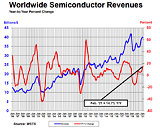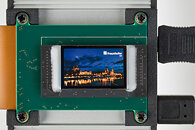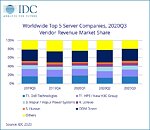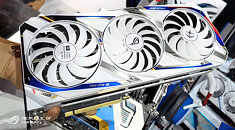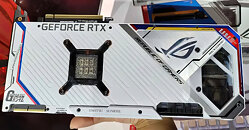
Acer Co-founder Skeptical about US Semiconductor Industry's Prospects
Stan Shih, the co-founder & honorary chairman of Acer Inc., thinks that the USA will have hard time catching up with Asian semiconductor production facilities. Yahoo Taiwan managed to extract some choice comments from the multi-faceted businessman—he believes that the US government's initiative to boost native chip making will not be enough to match existing overseas strongholds. A key area of focus was volume output—Shih reckons that North America is already too far behind Asian counterpart industries, with Acer's home base of Taiwan being particularly strong (in his opinion). Workplace culture and state of the art equipment are cited as the main pillars for success.
Shih observed that that US chip industry has historically been far too reliant on outsourcing (going back many decades) production to foreign facilities, and Asia's position has been fortified thanks to long established and optimized supply chains—he thinks that the American system is not mature enough to reach parity. On a semi-related note, TSMC is reportedly struggling to get its new US facility fully operational—company chairman Mark Liu (according to Tom's Hardware): "said that the Taiwanese company would delay mass production of its Arizona fab from early 2024 to 2025, partly due to a lack of cleanroom tools necessary to produce chips at scale." TSMC has been transferring staff from its home turf to plug staffing gaps at the Phoenix facility—Liu divulged his latest batch of complaints during an earnings conference (last Thursday): "We are encountering certain challenges, as there is an insufficient number of skilled workers with the specialized expertise required for equipment installation in a semiconductor-grade facility."
Shih observed that that US chip industry has historically been far too reliant on outsourcing (going back many decades) production to foreign facilities, and Asia's position has been fortified thanks to long established and optimized supply chains—he thinks that the American system is not mature enough to reach parity. On a semi-related note, TSMC is reportedly struggling to get its new US facility fully operational—company chairman Mark Liu (according to Tom's Hardware): "said that the Taiwanese company would delay mass production of its Arizona fab from early 2024 to 2025, partly due to a lack of cleanroom tools necessary to produce chips at scale." TSMC has been transferring staff from its home turf to plug staffing gaps at the Phoenix facility—Liu divulged his latest batch of complaints during an earnings conference (last Thursday): "We are encountering certain challenges, as there is an insufficient number of skilled workers with the specialized expertise required for equipment installation in a semiconductor-grade facility."































